I first played Chants of Sennaar at Gamescom 2022. It’s a stunning indie puzzle game where you decipher multiple languages in a Tower of Babel-inspired location. From the moment I started, I was hooked, and the full release sunk its teeth into me the same way the demo did last year.
As I jumped into this game after work, I soon discovered that Chants of Sennaar is actually at its best as a couch co-op experience, not as a solo endeavor.
As with any puzzle game, sometimes I felt like I was banging my head against a wall. Unlike most puzzle games, this was often due to me not understanding anything that anyone was saying. All the dialogue, written and spoken, is in the form of glyphs, languages spoken by the different residents of the tower. It’s your job to translate everything through contextual clues and environmental puzzles.
The first language is fairly simple. It starts with basic words and instructions, a few objects, and culminates with some more abstract concepts. It’s baby’s first language—easy. You get a notebook you can jot down potential solutions in. That square with a dot in it means hello, or maybe goodbye. Those interlinked circles just have to mean help, and that upside-down triangle surely means here, or it could mean there?
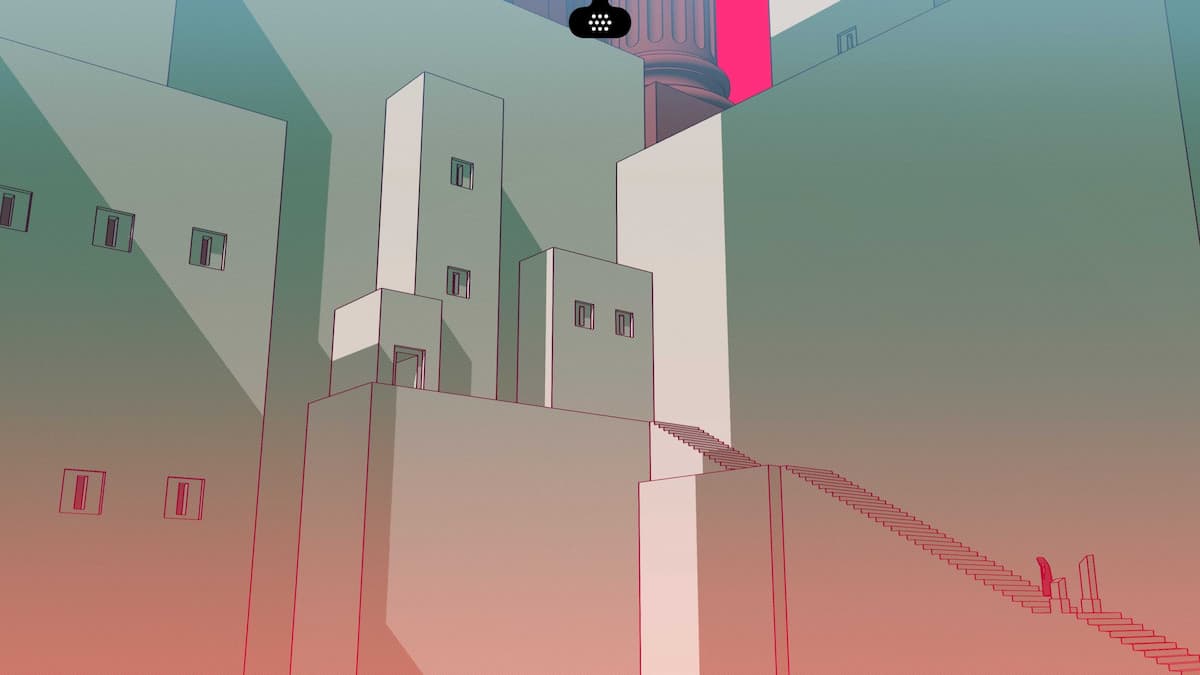
You learn new words by overhearing conversations, speaking to people, helping them, and reading signs or murals. Every now and then, you’re given the opportunity to match glyphs with their meanings. Your notebook will be filled with sketches that illustrate the concepts the words represent and if you get them all right, their true meaning is unlocked, along with the proper grammar for sentences. It’s a deeply rewarding experience, seeing dialogue go from “Hello/goodbye, please help me go here/there,” to “Hi! Please help me get across.”
The complexity of the second language ramps up considerably. In the first, the language of the Devotees, plurals are denominated by a word simply being repeated. It’s not men, it’s man man. However, the Warrior’s language uses a separate glyph for plurals. I never would have figured this out on my own, but my housemate, Tom, did.
“I think that squiggle means plural, mate,” he said absent-mindedly as he sat on the other sofa, eyes barely darting up from his laptop. It was the first step in unlocking a lot of the language. For the rest of the night, Tom and I looked, replayed interactions, discussed possible solutions, and cracked the entire thing infinitely quicker than I could have alone.
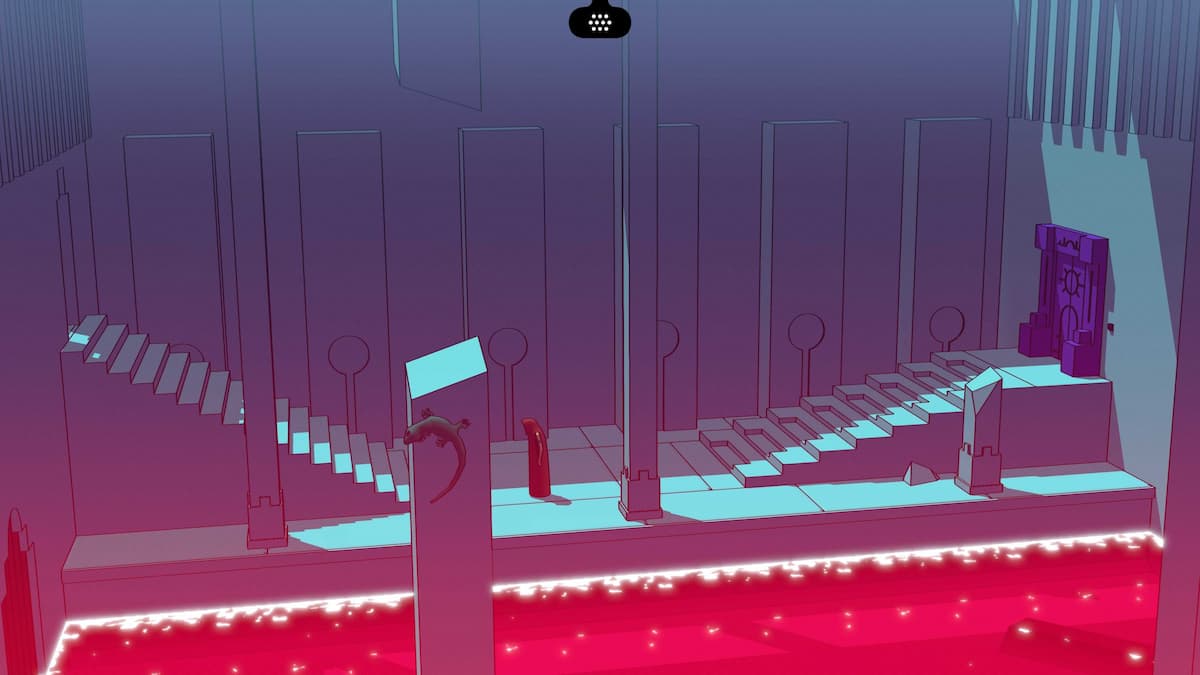
Because I’d already learned the rules of the first language, I assumed they’d apply to all the rest. Tom didn’t think with those limitations in mind. It was exciting to see his brain working so differently to mine, offering suggestions I’d dismissed hours earlier. At one point he wondered if the Warriors had a different grammar and syntax to the Devotees, but I doubted it.
The first few words of each language are the hardest. You’ve got no context for anything, everything is new and confusing, and you understand none of it. We both added potential meanings and poured over the pages of the notebook, trying to deduce what glyph fit what sketch. Once we had some words unlocked and built up momentum, the other meanings fell into place like dominoes. Tom and I ended the session pretty satisfied with ourselves, but the next language was even harder.
Not only is there a separate glyph for plural, but there’s one for negatives too. There isn’t a specific word for no, or not, or don’t, it’s just a wave-like glyph that bookends a statement. The grammar is also different. Tom was right. It’s tough, but worst of all, he isn’t here to help me anymore. Over the weekend we both moved out, and now we’re cursed to learn these new languages alone, just like the mythological residents of the Tower of Babel.


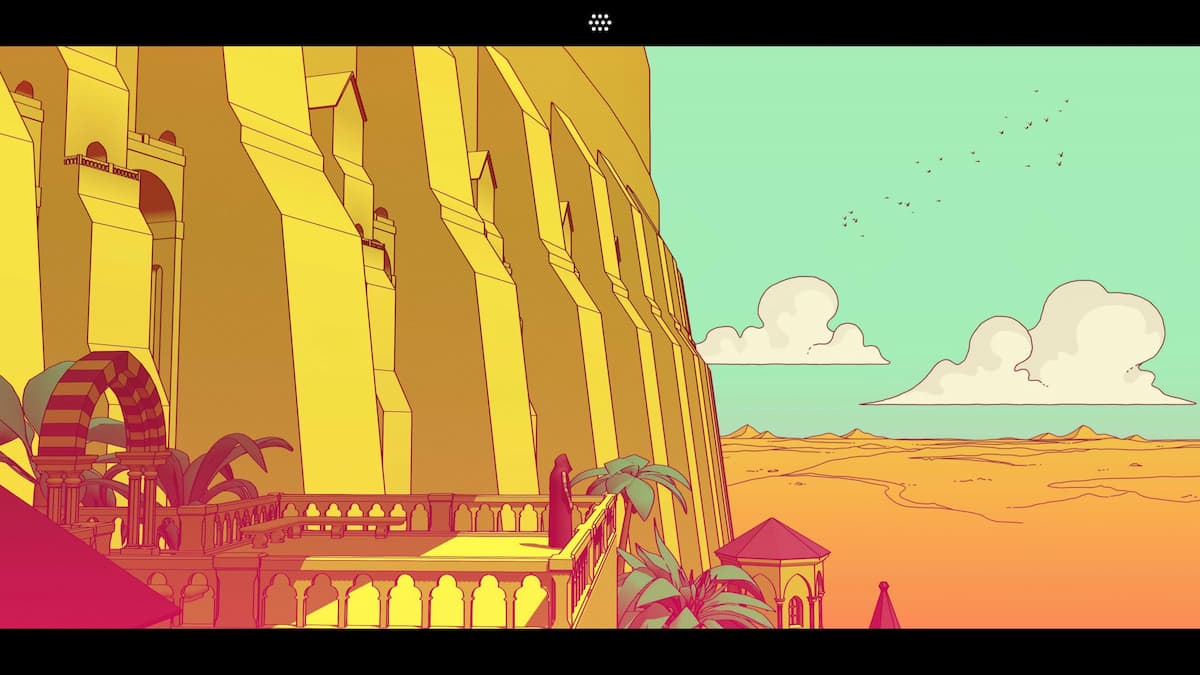


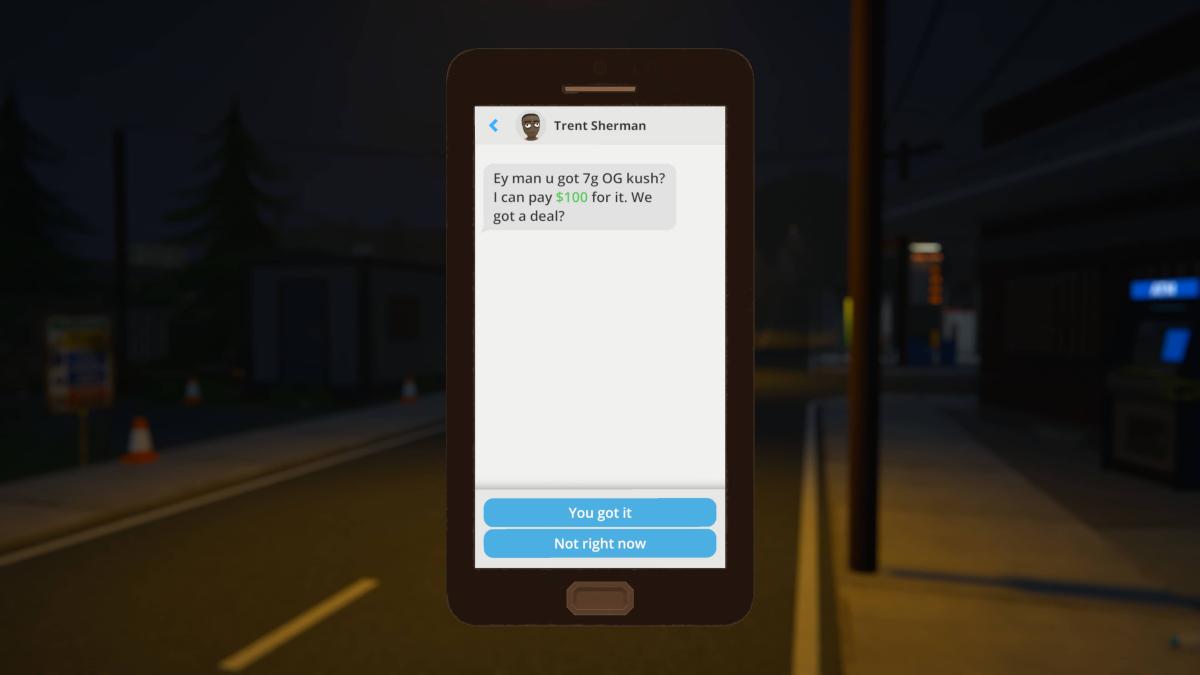
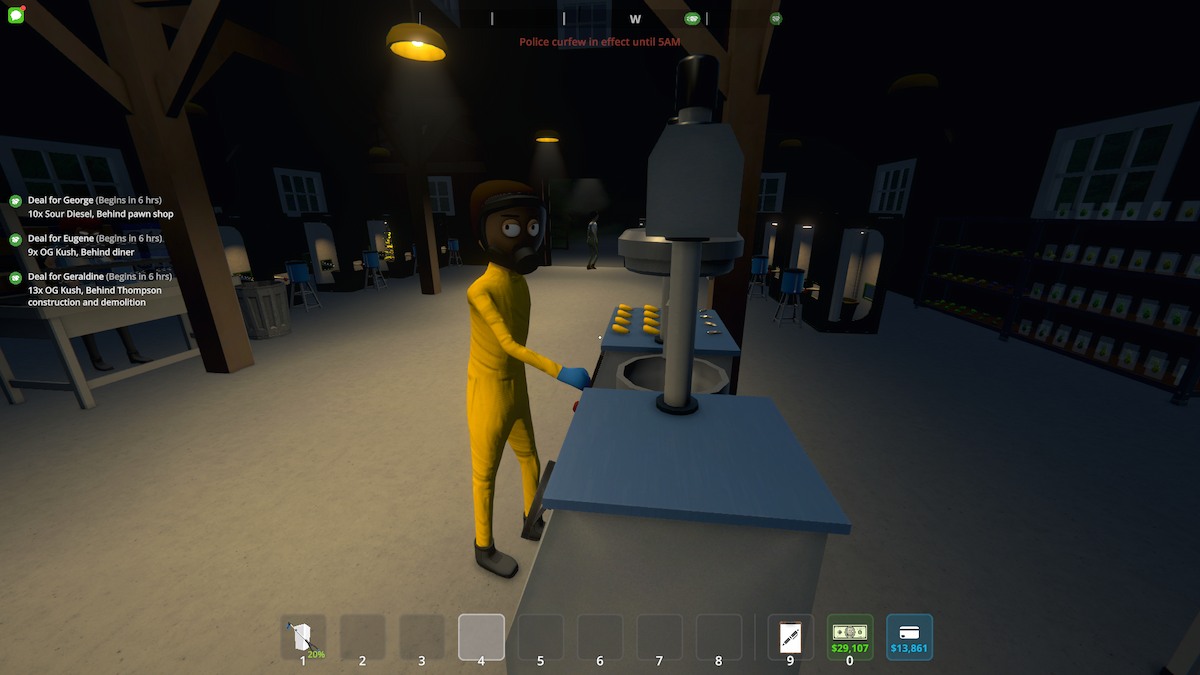

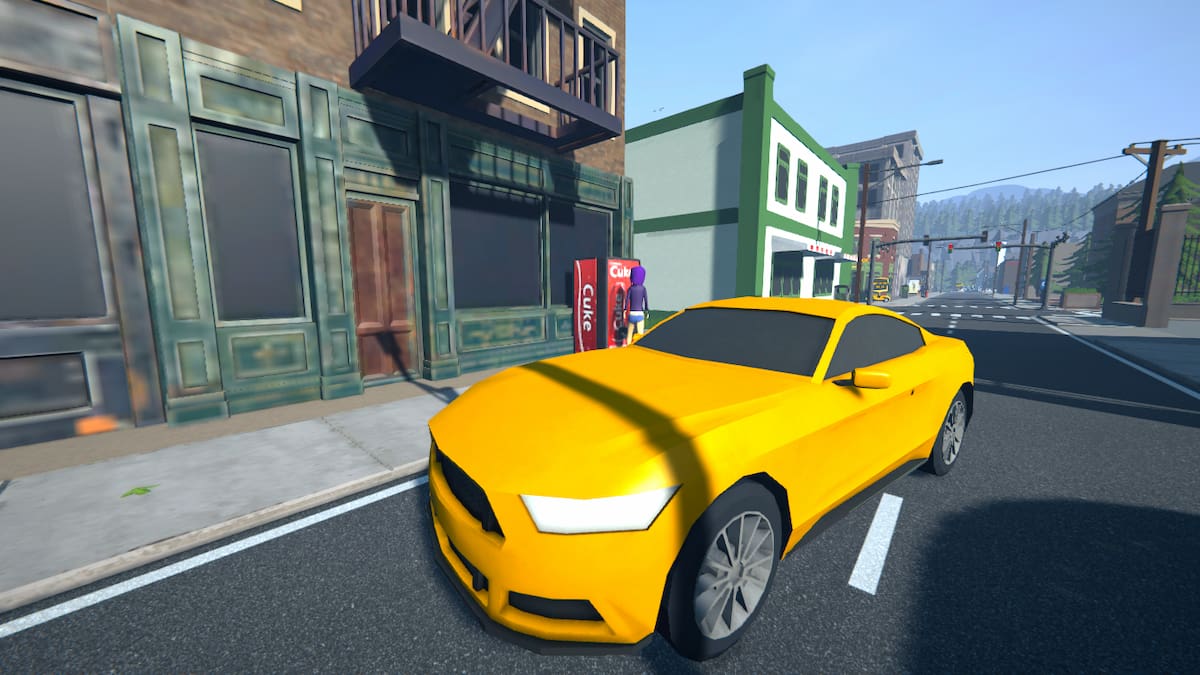



Published: Sep 18, 2023 01:18 pm